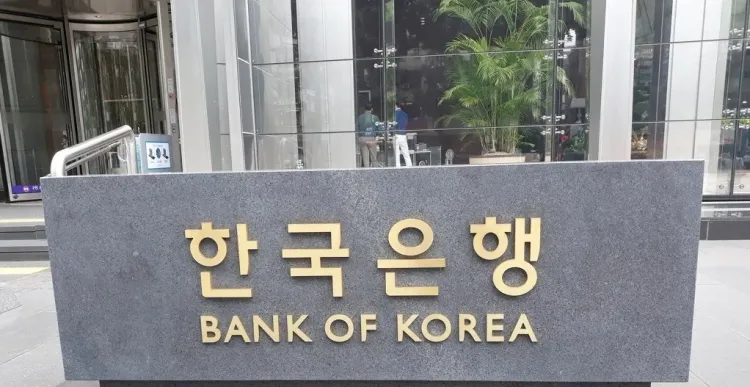Why Did Consumer Prices Surge by 2.1% in July in South Korea?

Synopsis
Key Takeaways
- Consumer prices increased by 2.1% in July.
- Inflation is driven by costs of industrial goods and services.
- Depreciation of the winner has impacted import prices.
- Processed food prices rose by 4.1% year-on-year.
- Weather conditions have significantly affected agricultural prices.
Seoul, Aug 5 (NationPress) In July, South Korea's consumer prices experienced a growth of over 2 percent for the second month in a row, primarily due to rising costs of industrial goods and services, according to data released by the government on Tuesday.
This key inflation indicator rose by 2.1 percent compared to the same month last year, as reported by Statistics Korea.
Inflation had been above the Bank of Korea's 2 percent target for four months until April but decreased to 1.9 percent in May. It then increased to 2.2 percent in June, as per the Yonhap news agency.
The July increase was largely attributed to the ongoing depreciation of the South Korean won, which raised import costs for industrial goods. Additionally, a consistent rise in service prices contributed to the inflationary pressure.
Specifically, prices for processed food items surged by 4.1 percent year-on-year, adding 0.35 percentage points to the overall inflation rate for July.
While agricultural product prices slightly decreased by 0.1 percent year-on-year, prices for livestock and fisheries products rose by 3.5 percent and 7.3 percent, respectively.
Among fisheries products, mackerel prices surged by 12.6 percent year-on-year.
In the agricultural sector, watermelon prices skyrocketed by 20.7 percent, and prices for other vegetables, like lettuce, increased by 30 percent compared to the previous year.
“Due to extreme heat and heavy rainfall, supply conditions were unfavorable, while demand surged, leading to significant increases in watermelon prices,” stated Park Byung-seon, an official from the statistics agency. “Although fruit and vegetable prices were already elevated last year, this year's year-on-year increase is quite drastic.”
Conversely, prices for petroleum products dropped by 1 percent year-on-year, reversing the previous month's increase.
The service sector maintained its upward trend, recording a 2.3 percent year-on-year growth.
Within this sector, utility costs, including electricity and gas, climbed by 1.6 percent, while water charges increased by 2.7 percent.
In personal services, dining out costs rose by 3.2 percent from the previous year, and non-dining service prices increased by 3.5 percent.
Out of the 39 items that constitute dining out costs, 38 experienced price hikes in July, with only pizza prices remaining stable.
Core inflation, which excludes volatile food and energy prices, rose 2 percent in July, consistent with the previous month’s increase.










